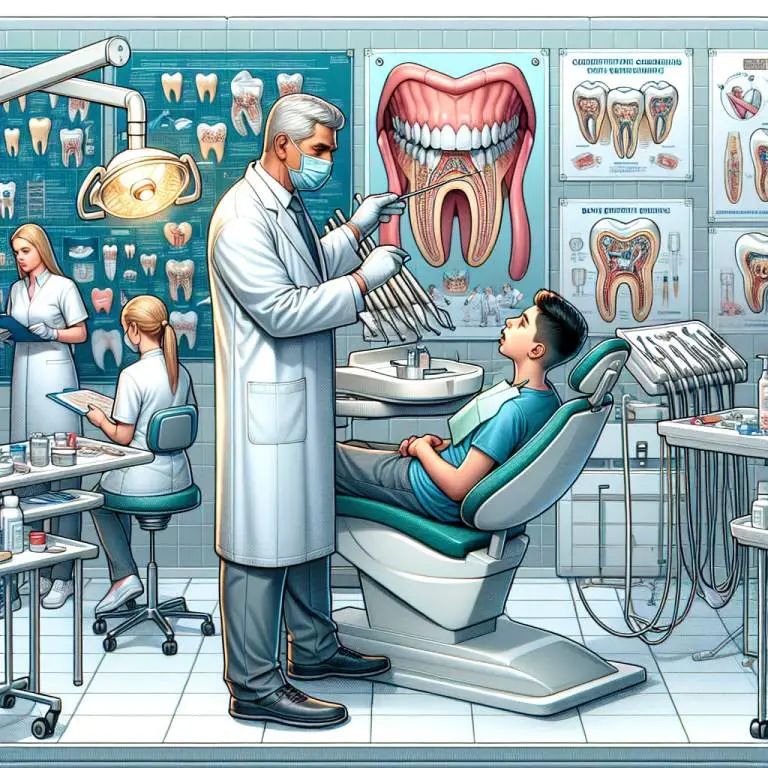How critical is the role of saliva management in mewing?
Saliva management plays a crucial role in mewing, as improper handling can lead to common mistakes. When practicing mewing, it’s important to keep saliva at the back of the mouth without swallowing too often, which helps maintain the correct tongue posture against the palate. Mastering this aspect of saliva control is essential for effective mewing and achieving desired results.

How critical is the role of saliva management in mewing?
When you’re trying to improve how your jaw and face look by doing something called mewing, managing your saliva is super important. You might not think about it much, but saliva can actually make a big difference in how well this technique works for you. Mewing is all about placing your tongue in a certain way against the roof of your mouth, and if there’s too much saliva, it can be tricky to keep your tongue where it needs to be.
Not only does controlling your saliva help keep your tongue in the right spot, but it also makes sure that you’re breathing through your nose instead of your mouth. Breathing through your mouth can dry it out and mess with the amount of saliva you have. So, keeping an eye on how much saliva you’re dealing with is a key part of making mewing work for you.
What are the common mistakes people make with saliva when practicing mewing?
A lot of folks run into trouble with their saliva when they start mewing because they’re not used to having their tongue pressed up against the roof of their mouth all the time. This new position can make their mouth produce more saliva than usual. It feels weird and can make them want to swallow a lot or even give up on keeping their tongue in place.
Another mistake is not being patient enough to let their body adjust. It’s normal for there to be some extra drool when you first try mewing, but after a while, most people find that things go back to normal. Giving up too soon means missing out on all the good stuff that comes from sticking with it and learning how to manage that extra spit.
Can improper saliva management during mewing affect results?
If someone doesn’t get a handle on managing their saliva while they’re practicing mewing, it could definitely throw off their progress. For one thing, if there’s too much spit sliding around, it’s harder to keep the tongue glued up against the roof of the mouth properly. This means they might not see the changes they’re hoping for as quickly or as clearly.
Besides messing with where the tongue sits, not dealing with excess saliva can lead to getting into the habit of breathing through the mouth instead of the nose. Mouth breathing is a big no-no in mewing because it can undo all the hard work someone’s putting into changing their facial structure. So yes, keeping that spit in check plays a big part in getting good results from mewing.
What techniques can improve saliva control while mewing?
To get better at handling extra spit while doing mewing exercises, one simple trick is just swallowing more often. It sounds easy because it is! Making an effort to swallow regularly helps keep that buildup of saliva under control so it doesn’t distract from keeping the tongue where it should be.
Another helpful tip is focusing on nasal breathing—breathing through your nose instead of your mouth. This helps because when you breathe through your nose, your body naturally balances how much saliva you produce. Plus, nasal breathing has its own bunch of health benefits like better oxygen flow and helping keep those airways clear.
| Aspect | Description | Common Mistake |
|---|---|---|
| Position of Tongue | The entire tongue should be pressed against the roof of the mouth. | Not covering the soft palate with the back of the tongue. |
| Lips | Lips should be gently closed. | Forcing the lips to close, creating tension around the mouth. |
| Breathing | Breathing should be done through the nose, not the mouth. | Mouth breathing due to inadequate nasal airway passage clearance. |
| Jaw Position | The jaw should be slightly forward with teeth lightly touching or slightly apart. | Overextending or retracting the jaw unnaturally. |
| Saliva Management | Proper tongue posture helps in naturally swallowing saliva without needing to adjust your tongue’s position frequently. | Failing to swallow saliva regularly leading to excessive pooling in the mouth – a common oversight during practice. |
How does proper saliva management enhance the effectiveness of mewing?
When you manage your saliva well, it helps with mewing. This is because keeping the right amount of saliva in your mouth can make it easier to keep your tongue in the correct position. Too much saliva might make you swallow often, which can mess up the tongue’s placement.
Also, when your mouth is too dry, it can be hard to practice mewing properly. Your tongue needs a bit of moisture to move smoothly against the roof of your mouth. So, having just enough saliva makes practicing mewing more comfortable and effective.
Are there any exercises to help with saliva control for better mewing practice?
Yes, there are exercises that can help with controlling saliva for better mewing. One simple exercise is to try swallowing more often while keeping your tongue pressed against the roof of your mouth. This helps train your muscles to manage saliva without disrupting the mewing technique.
Another exercise involves practicing sucking movements with your tongue against the palate. This not only helps with saliva control but also strengthens the tongue muscles, making them more efficient during mewing practice.
What do experts say about the importance of managing saliva in orthotropics?
Experts in orthotropics stress that managing saliva is key to successful mewing practice. They point out that improper saliva management can lead to frequent swallowing or mouth breathing, both of which can interfere with the correct positioning of the tongue and jaw alignment over time.
Furthermore, they suggest that good saliva control contributes to overall oral health, which is crucial for effective orthotropic treatment. By maintaining a balanced level of moisture in the mouth, individuals can ensure a healthier environment conducive to proper dental and facial development.
Final Thoughts
In conclusion, managing saliva plays a significant role in enhancing the effectiveness of mewing practices. Proper control over saliva not only ensures that the tongue stays in its ideal position but also contributes to better oral health overall.
To improve their technique and see better results from their efforts, individuals interested in mewing should consider incorporating exercises aimed at improving their control over saliva into their daily routine. Listening to expert advice on this matter can provide valuable insights into achieving optimal outcomes through orthotropic practices.







